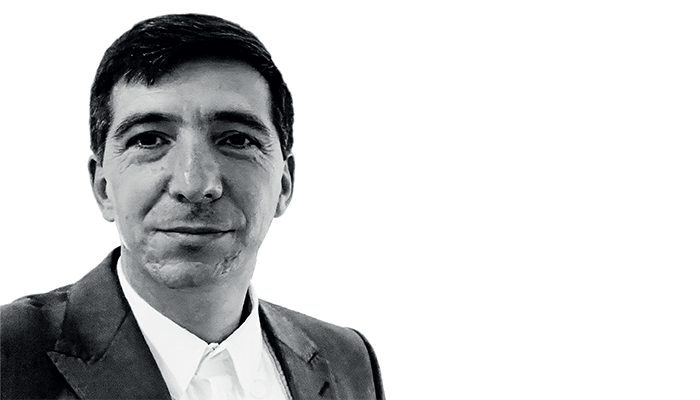
Many believe that cryptocurrency and blockchain technology could change – and, in a way, already are changing – the world. Could patients, doctors, insurance providers, and public healthcare systems also benefit from these technologies? To answer that question, I decided to explore, using two real-life analogies, what cryptocurrencies and blockchains are and why their use could create a worldwide healthcare system that pays doctors immediately and allows electronic medical records to be available globally in secure, accessible, reliable, and privacy-compliant environment.
Cryptocurrency is like a bank check; the bank provides you with a piece of paper that you sign to pay someone. When you receive one, your bank pays you. Essentially, checks are contracts between you and the bank. When you give or receive one, you agree that it isn’t real money until it is confirmed as valid and there are funds available in the issuing bank. If both the issuing and the receiving banks confirm the check’s validity, they will exchange money and pay the recipient. Cryptocurrencies are similar to checks but, instead of a bank, a network of computers spread around the world approves transactions. This type of currency is called “crypto” because the flow of data is encrypted to prevent counterfeiting and keep track of the amount, payer, and who collects the money (as well as when and where).
Blockchains are also easily explained using our professional experience. A medical record is essentially a sequence of encounters containing patient information. Each time a patient comes to your practice, you create a new file (block) for that patient and put it in a folder where all the files are connected in order by appointment date (chain) – a perfect example of a “chain of blocks,” or blockchain. If someone wants to tamper with your medical records, they can just remove or alter a few files. If you lose one file, your sequence is broken. But if you store medical records in a blockchain, tampering is impossible because all files are encrypted and interconnected. No one can alter the records without leaving evidence, and that includes you – the records’ creator. Blockchains are securely encrypted and safely distributed around the world on trillions of servers. Anyone can create their own cryptocurrency (there are more than 18,000 available now) and, equally, anyone can create their own electronic medical record (EMR) using a blockchain.
Common currency
Why should we use blockchains and cryptocurrency in healthcare? Let’s imagine that a patient is moving abroad for a while and needs cataract surgery. In most cases, they are forced to pay the charges in advance and then wait for reimbursement. If they need to use a local public healthcare system, no coverage for elective procedures is provided abroad; they must purchase expensive travel insurance that only covers certain emergency procedures.
But what if the insurance provider and the healthcare setting agreed to adopt a common currency for healthcare payments? They would need a bank to verify and approve transactions, define the currency, and agree on procedure costs… and, with a specific cryptocurrency, all that is easily done. This would mean we could live, work, and travel anywhere, with healthcare immediately payable, in a secure, encrypted way. Each coin would represent a procedure connected to a patient; insurance companies could give the patient an electronic coin, encrypted for their use only, that they could spend where they wanted – for instance, to pay for a premium cataract procedure.
But how would the insurance company know that the patient really received a premium IOL and is not simply trying to claim for more money than they spent? The answer is a blockchain managing the global EMR with all of the encrypted patient records. The insurance company could immediately see the medical records in the blockchain and make sure the procedure was performed; eventually, with permission, the patient’s regular physician could also access those records, no matter where they originated or when they might be needed.
You, as a specialist performing the procedure, could be paid immediately and access the money as soon as the surgery was performed. There would be no insurance approvals to wait for; no paperwork, reports, or online forms to fill. Everything would be saved, stored, and encrypted. And, if you got a new patient, you would simply access the blockchain and read the medical history saved there by other medical professionals. If a patient were not happy, they could easily choose another doctor because they would control ownership of their medical data. And, if a clinician wanted to quit working and enjoy traveling or playing golf? Their patients could simply access their data through another clinician’s office.
My aim is to share widely among the ophthalmology community how using cryptocurrency and blockchain could change the way we think of reimbursement of medical procedures and how data can be stored safely and securely, yet be available instantly to those who should be accessing it. Have you been persuaded?
Let us know what you think about the potential of cryptocurrency and blockchain in healthcare settings in the comments below or by email to edit@theophthalmologist.com.
